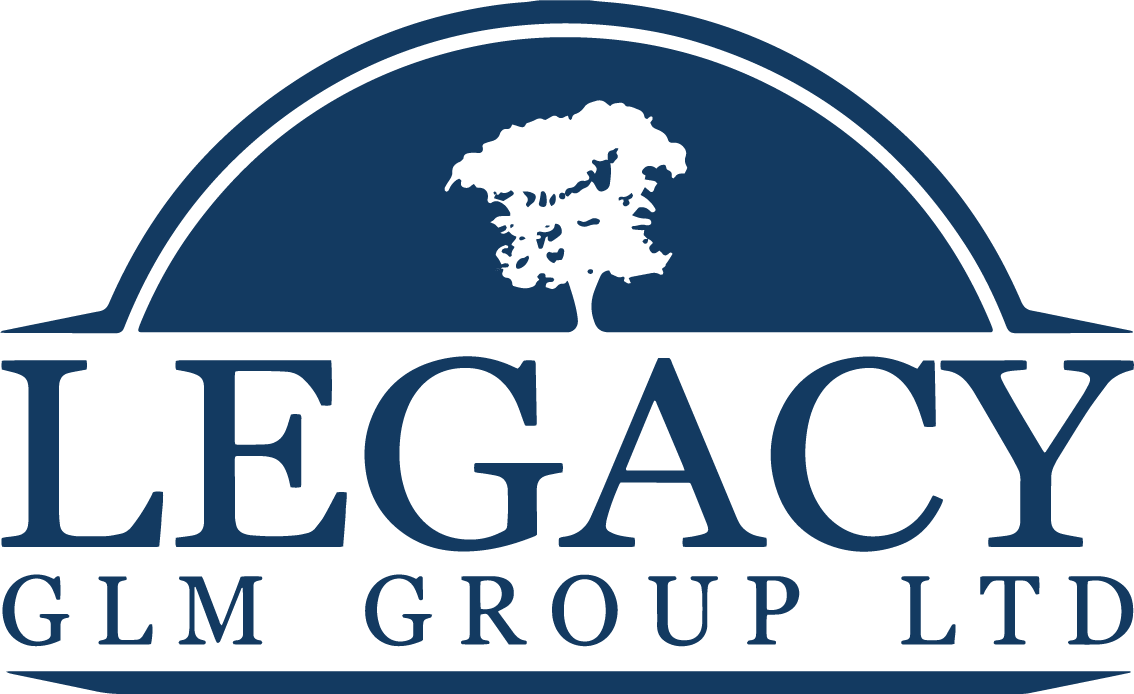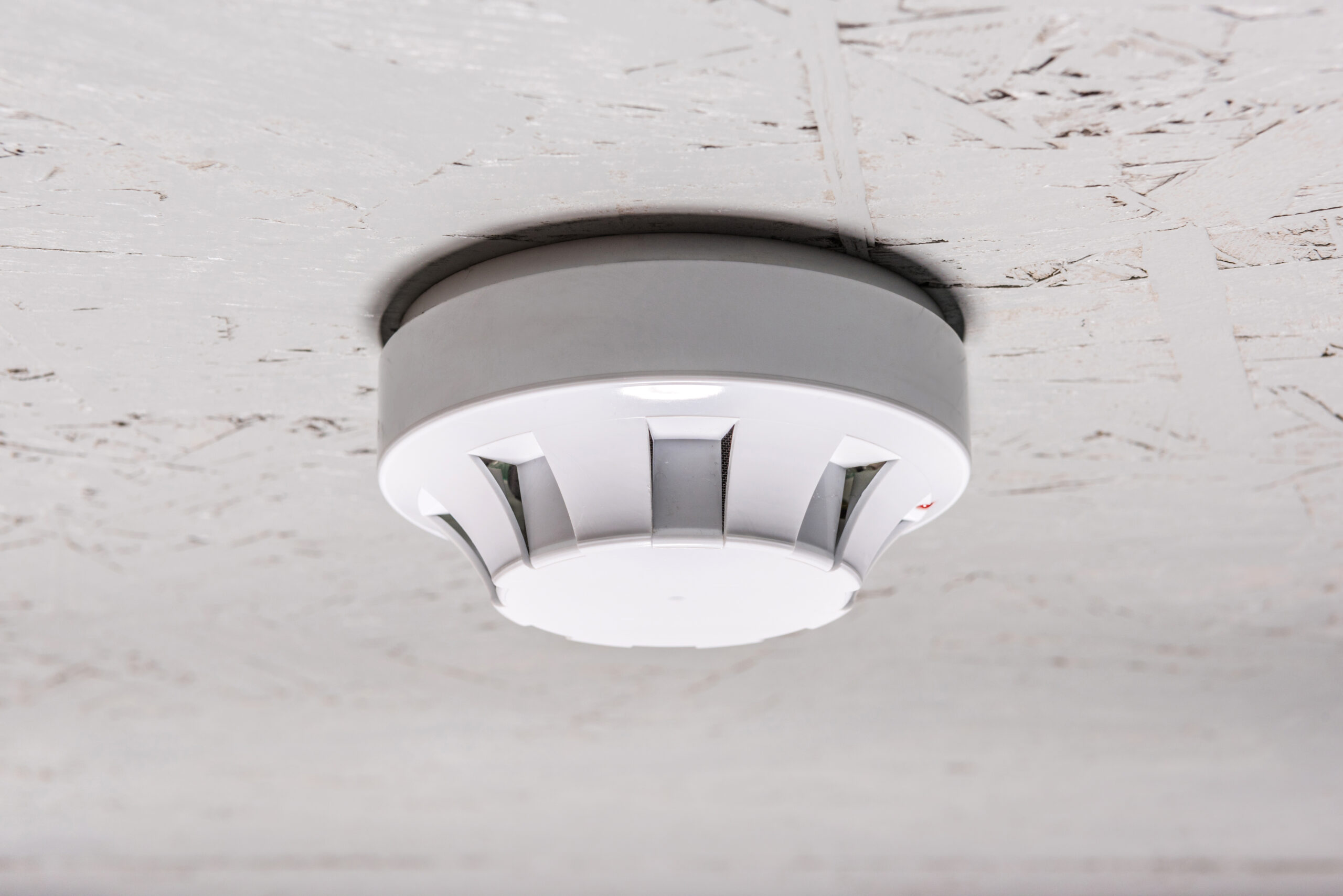
Fire safety rules exist for a reason; they help protect people, property, and businesses. Whether you manage a small shop, run an office building, or oversee a warehouse, following the right steps can prevent serious risks. To comply with fire regulations, it’s important to understand what’s required and put those measures into practice. This includes checking fire exits, installing alarms and extinguishers, and training staff on what to do in an emergency. These actions aren’t just about avoiding fines, they’re about creating spaces where people feel safe and prepared. Taking the time to follow each step makes a real difference.
Understand Local Fire Safety Codes
Start by learning the fire safety rules that apply where you live or operate. Each region has its own set of laws and building codes. These rules cover exits, alarms, extinguishers, emergency lighting, and more. Knowing these details is the first step to follow legal expectations. Visit your local fire department’s website or contact them directly. They often provide materials or guides that explain what you must do. You can also speak with a fire marshal who can walk you through key points and answer questions about your facility.
Some cities require permits for certain systems like sprinklers or alarms. Others may have limits on how many people can be in a space at one time. Older buildings might need changes to meet current rules. It’s important to review updates regularly since codes often change over time. If your business operates across multiple locations, check each area’s specific codes. What works in one place may not meet standards somewhere else. This is especially true for ventilation systems, storage of flammable items, and placement of electrical wiring.
To comply with fire regulations, keep written records of inspections and any repairs made to safety equipment. These documents show that you’re following the law if someone checks. Hire professionals when needed to inspect systems or help interpret complex parts of the code. Trying to guess what’s allowed could lead to errors that cost money later. Learning local requirements helps reduce risks during emergencies and supports safer spaces for everyone using your property, whether they’re workers, customers, tenants, or guests. Staying informed makes it easier to maintain proper standards without delays or confusion during reviews from officials.
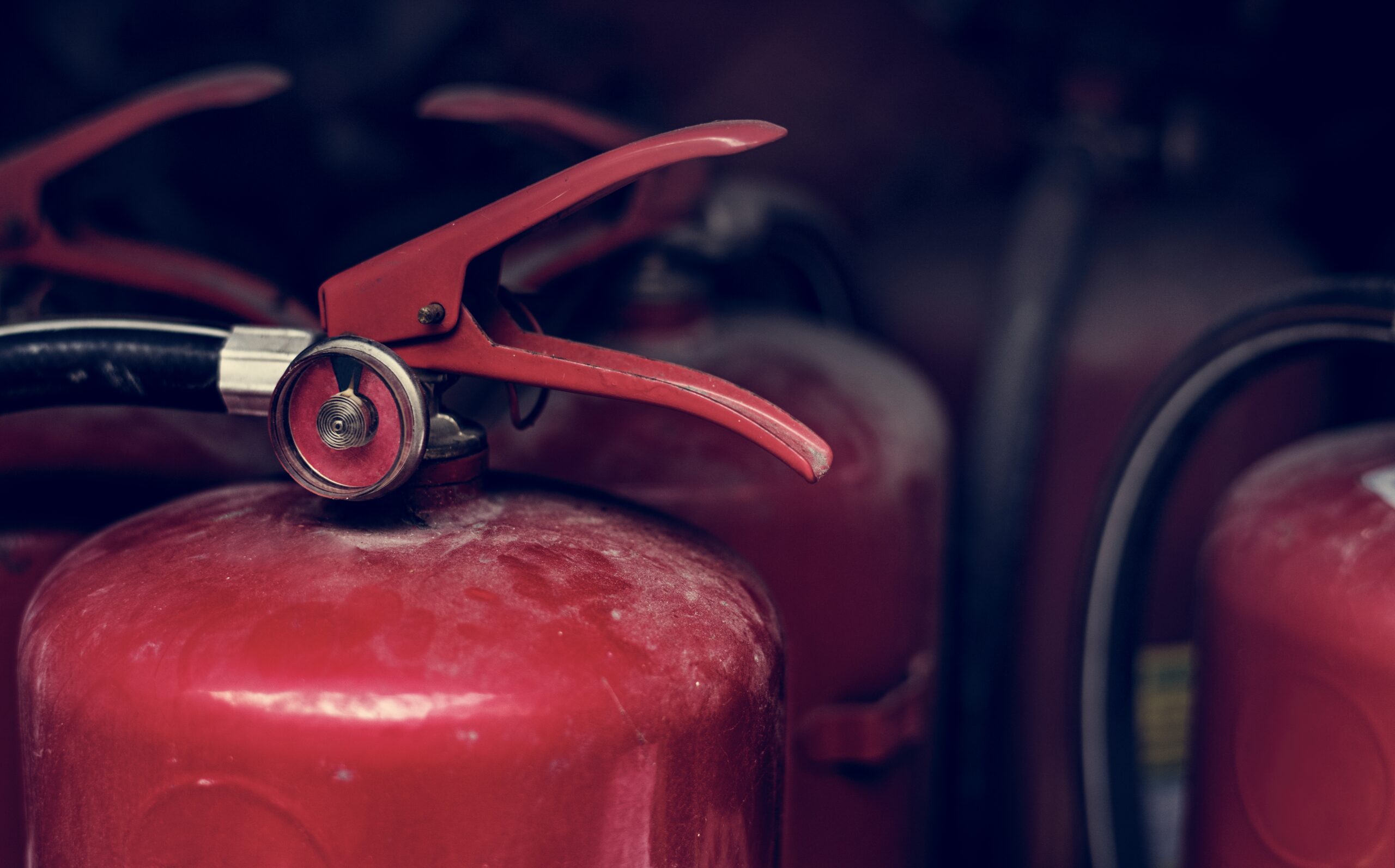
Conduct Regular Fire Risk Assessments
Check your building often for anything that could start a fire. This includes looking at how machines, tools, and systems operate each day. Watch for wires that look old or damaged. Make sure exits stay clear and easy to reach. Look at storage areas for boxes or materials stacked near heat sources.
Walk through all parts of the property. Do this with someone who knows fire safety rules well. Keep notes on what may cause danger later. This might be blocked doors, poor lighting in hallways, or broken alarms.
Test smoke detectors and sprinklers as part of these checks. Replace parts that do not function right away. Check if staff know where to go during an emergency. If they don’t, plan a drill soon. Repeat these steps often, not just once a year. Business changes over time: new equipment arrives, layouts shift, or more people use the space than before. Each change can bring new risks. Use your findings to fix problems early instead of waiting until something bad happens. Update training guides when you spot gaps in knowledge during reviews. To comply with fire regulations, keep records of every check you do, note dates, actions taken, and items fixed or replaced.
A schedule helps make these assessments routine rather than forgotten tasks. Assign a team member to lead each review so responsibility stays clear. Stay open to outside help too, some groups offer checks done by trained inspectors who see things others miss. Fire risk assessments must stay current as buildings grow older and uses change over time. Keeping up with them reduces harm and supports safer workplaces across all industries and sectors alike.
Install and Maintain Fire Safety Equipment
Workplaces, homes, and public spaces need basic fire safety tools. These include fire extinguishers, smoke alarms, sprinkler systems, and emergency lighting. Each item plays a role in keeping people safe during unexpected events. To comply with fire regulations, these tools must be installed in the right places according to local rules. Fire extinguishers should be easy to reach. Place them near exits or areas where fires may begin, like kitchens or storage rooms. Choose the correct type based on possible risks, some fires need specific extinguishers. For example, electrical fires require a different type than cooking oil fires.
Smoke detectors help alert people early when there is smoke in the area. Install them on ceilings and test them once a month to make sure they still beep properly. Change batteries at least once each year unless they use long-life power sources. Sprinkler systems help control flames before they spread too far. These systems must be checked by trained workers regularly to ensure no parts are blocked or broken. A faulty system can fail during an emergency.
Emergency lighting helps guide people out of buildings if the power goes out during a fire. Lights should point toward exits and turn on automatically when needed. Like other equipment, these lights need inspections from time to time to confirm that bulbs and batteries still function. Routine checks help spot problems early so repairs happen quickly. Keeping records of all tests shows proof that steps were taken seriously over time.
Without regular upkeep, even good equipment might not operate when required most. This can lead to greater risk for everyone involved and make it harder for owners or managers to meet legal duties related to safety standards. Taking action now reduces danger later, and ensures you’re ready when response matters most.
Train Staff to Comply With Fire Regulations
All staff must understand how to respond during a fire. To ensure this, employers need to provide training on safety procedures. This includes teaching workers the correct steps to take if a fire starts. Everyone should know where exits and alarms are located and how to use them. Regular sessions help reinforce this knowledge. These meetings should be short and clear. They should focus on actions rather than theory. For example, show employees when and how to use fire extinguishers or trigger alarm systems.
Evacuation drills play an important role too. These drills give people a chance to practice leaving the building quickly and calmly. Repeating these exercises helps build confidence and speed in real situations. Hold these drills more than once a year so that all team members stay prepared. Emergency plans must be easy to follow. Use signs, maps, or printed guides that explain what steps people need to take during emergencies. Keep these tools simple so everyone can understand them without delay.
Communication is key before, during, and after any emergency event. Make sure staff know who they can talk to for help or questions about safety rules at any time. New hires should receive basic fire safety instruction as part of their onboarding process before starting full duties. This ensures they begin their job with the right knowledge from day one. To comply with fire regulations, every worker needs access to up-to-date information about policies and procedures related to fire risks at the workplace or facility.
By holding regular training sessions, running evacuation practices often, posting clear guidance throughout your space, and encouraging open dialogue around emergency readiness, employers create safer conditions for everyone in the building without needing complex systems or tools beyond proper planning and communication strategies.
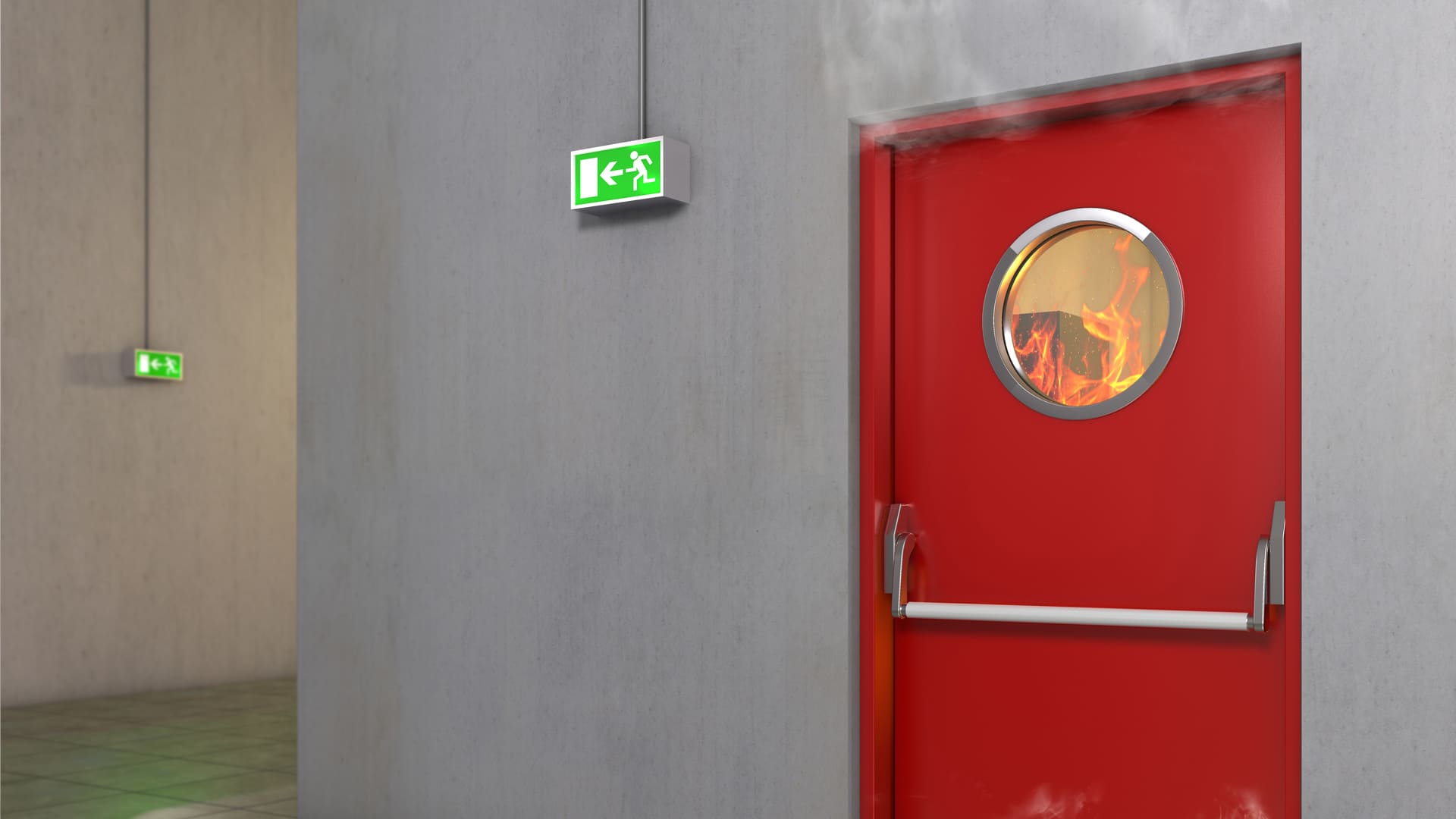
Building a Culture of Fire Safety Through Proactive Measures
Creating safe and secure environments begins with a clear understanding of local fire safety codes and a commitment to ongoing risk management. By conducting regular fire risk assessments, installing and maintaining essential fire safety equipment, and ensuring staff receive proper training, organisations can significantly reduce the threat of fire-related incidents. These steps not only help protect lives and property but also ensure that businesses consistently comply with fire regulations. Prioritising fire safety fosters a culture of preparedness and responsibility, critical components in safeguarding any space against preventable emergencies.
